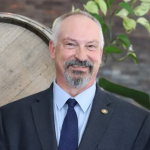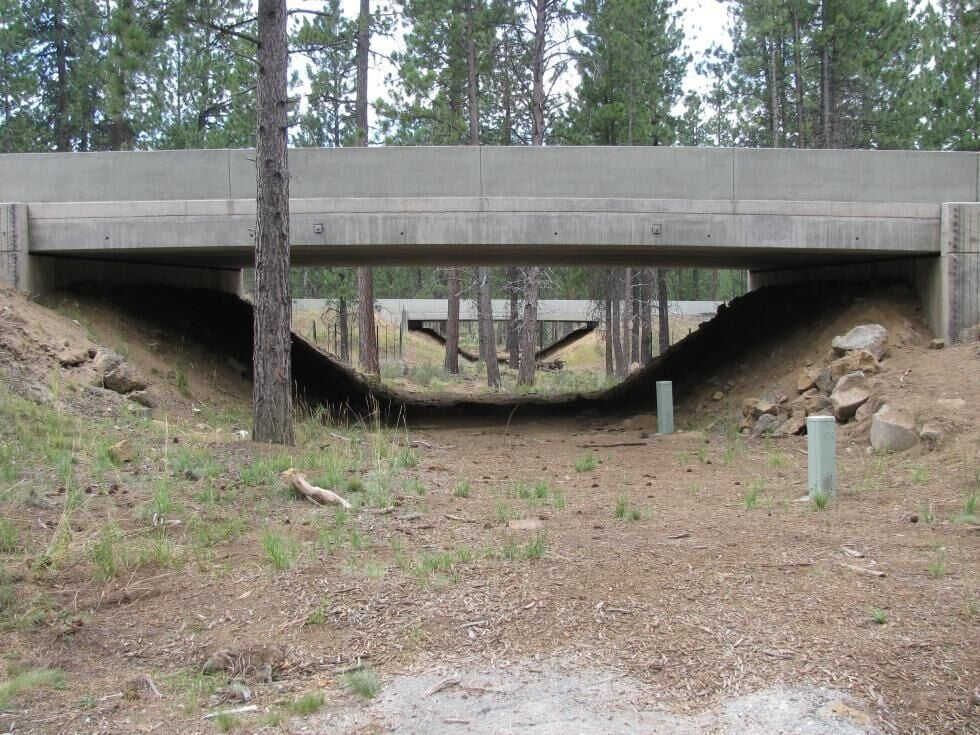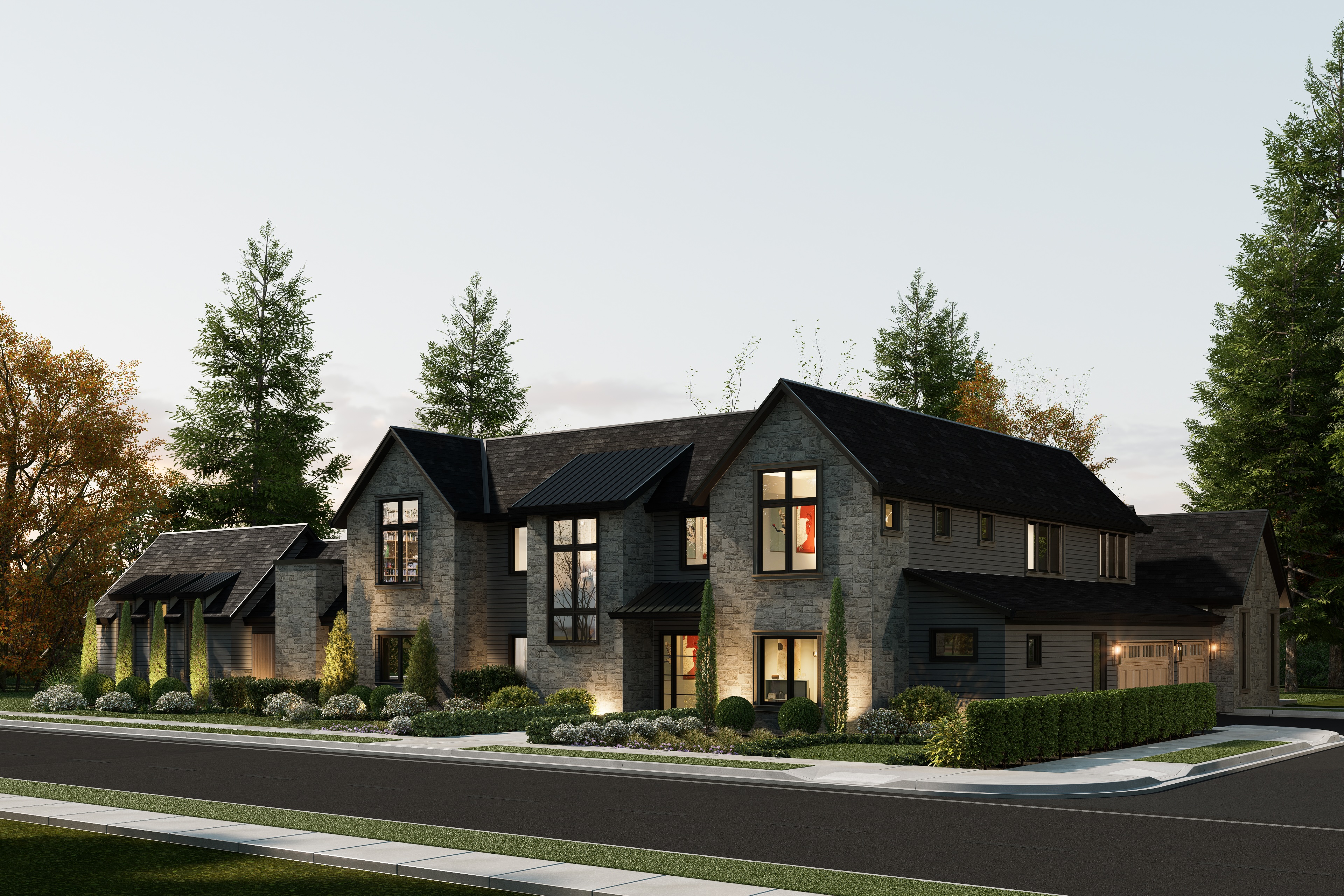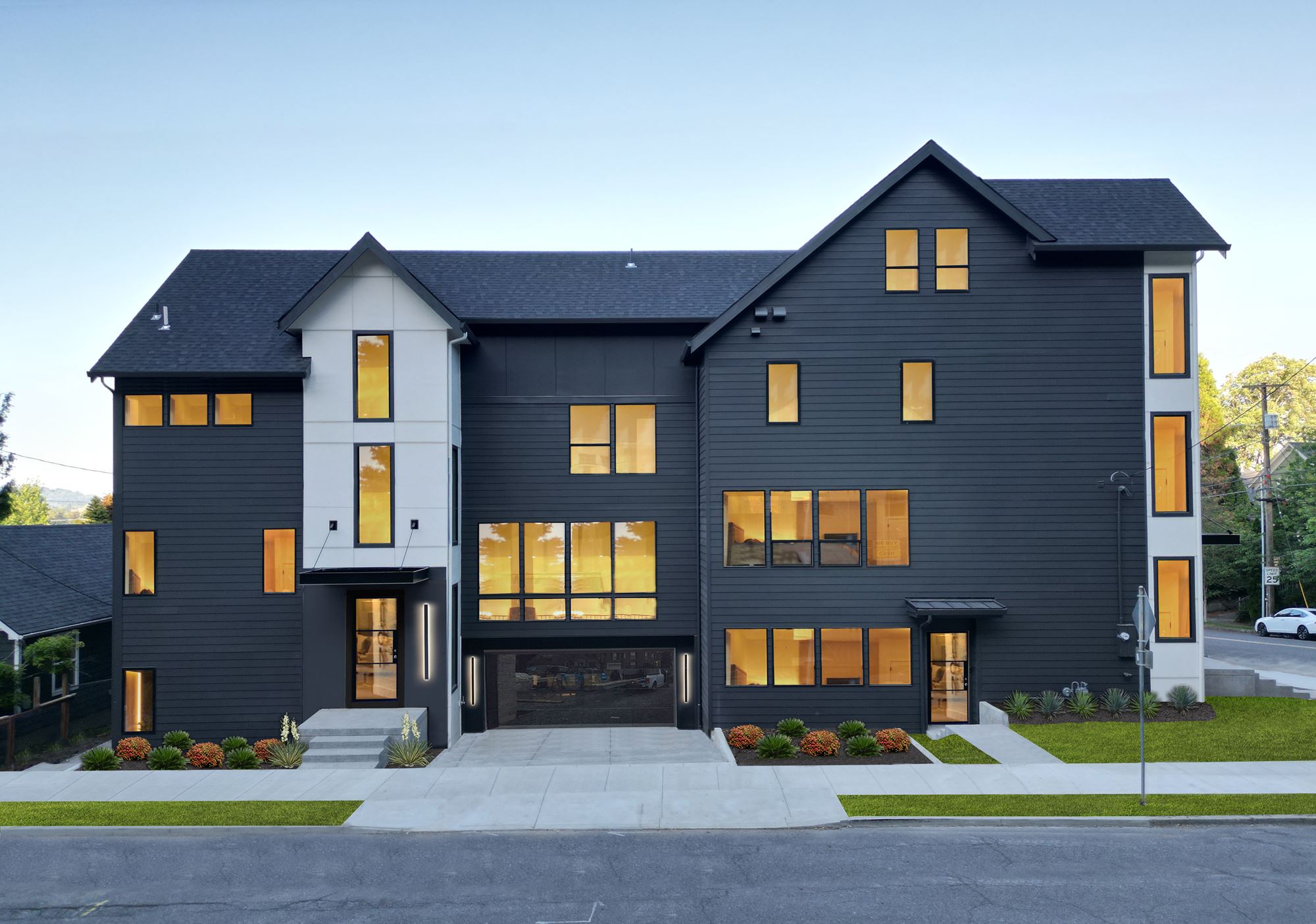Opinion: The high cost of doing nothing, or why Oregon must fund wildlife crossings
Published 2:16 pm Tuesday, May 20, 2025



Every year in Oregon, wildlife-vehicle collisions cause tragedy and cost. On average, four people lose their lives and over 500 are injured each year in crashes involving wildlife.
The toll on animals is even more staggering — an estimated 14.5 million animals are killed on Oregon roads each year. The financial impact? Over $132 million annually in damages, emergency response and other costs.
This is not just a safety issue. It’s also an economic one. And we have solutions.
Trending
Wildlife crossing solutions — overpasses, underpasses and fencing — are proven to dramatically reduce collisions. On U.S. Highway 97 in Central Oregon, wildlife crossings have cut deer-vehicle crashes by more than 90%. These structures save lives, protect our iconic wildlife and make financial sense. For every $1 invested in a wildlife crossing, Oregonians receive an estimated $10 in social benefits. Some crossings generate up to $147 million in net benefits over their lifetimes.
Unfortunately, Oregon lags far behind neighboring states. We have just five dedicated wildlife crossings, compared to 122 in Montana, 65 in Colorado and over 50 in both California and Utah. Yet, a recent State Farm Insurance analysis found that Oregon has the highest likelihood of wildlife crashes among West Coast states.
Despite a state bill we both sponsored that passed unanimously in 2019, which directs agencies to act to reduce wildlife-vehicle collisions, we lack the dedicated funding needed to make that happen. It’s like sending someone to catch dinner without a fishing rod. The law tells our agencies to reduce wildlife collisions, but without funding, they’re left standing on the bank empty-handed.
The good news: the 2025 Transportation Reinvestment Package (TRIP), which is under consideration by the Legislature as we write this, offers a chance to establish an ongoing funding mechanism for wildlife crossings. This would be a critical step forward and can help address critical projects identified by the Oregon Department of Transportation and Oregon Department of Fish and Wildlife. These projects include crossings along U.S. 20 between Bend and Suttle Lake, along I-84 between Pendleton and La Grande, and dozens of other high-priority projects.
Creating an effective wildlife crossing requires more than just pouring concrete. It starts with feasibility studies, community engagement and design work. It includes careful planning and monitoring after construction to ensure projects perform as intended. All of that takes resources — and commitment.
Oregonians overwhelmingly support wildlife crossings. Polling shows that 86% of Oregon voters want the state to build more wildlife crossings, as we understand that safeguarding our roads and protecting our wildlife go hand in hand.
Trending
As legislators who care deeply about transportation safety, the livelihoods of our fellow Oregonians, and our state’s natural heritage, we urge our colleagues to seize this opportunity to ensure this transportation package includes a meaningful investment in wildlife crossings. It’s the right thing to do — for public safety, for our pocketbooks, and for the generations that follow.
Sen. Chris Gorsek represents Senate District 25, which includes Gresham and portions of East Multnomah County. Rep. Ken Helm represents House District 27, which includes Beaverton and Cedar Hills.










